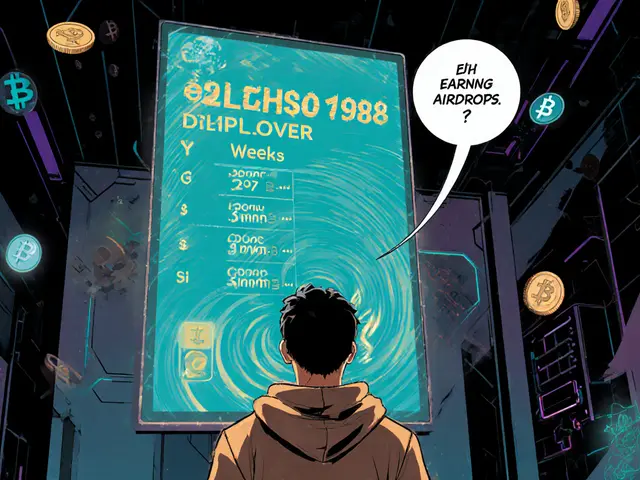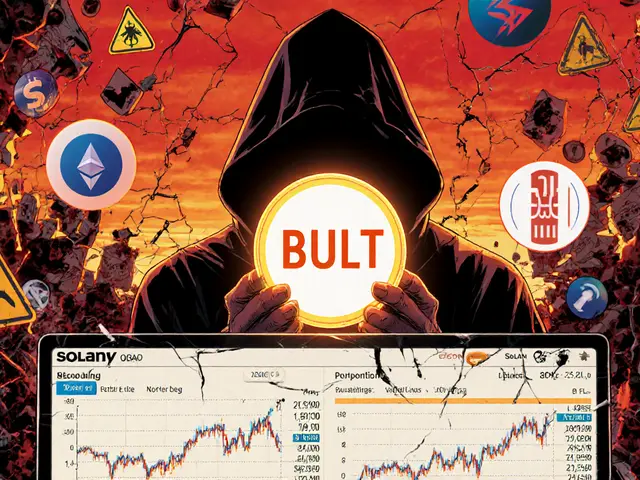Meta Spatial lottery: Everything You Need to Know
When you hear about Meta Spatial lottery, a blockchain‑based lottery that mixes virtual land, NFTs and random draws to award tokens or parcels in a metaverse. Also known as MetaSpatial Lotto, it runs on smart contracts that verify each ticket, pick winners and automatically transfer rewards. The system lets anyone with a crypto wallet join, and because the draw happens on‑chain, the results are transparent and tamper‑proof. Users typically buy tickets using a native token, and the prize pool can include extra NFTs or airdropped tokens that boost the overall value.
How Governance, Airdrops and Market Sentiment Shape the Lottery
The lifeblood of the DAO governance, a decentralized decision‑making framework where token holders vote on protocol upgrades, fee structures and prize distribution rules is the ability to adapt quickly to community feedback. In the context of Meta Spatial lottery, DAO proposals can change ticket prices, add new virtual parcels, or modify the odds algorithm. This direct link between participants and the rules creates a feedback loop that keeps the lottery relevant.
Another key driver is the airdrop, the free distribution of tokens or NFTs to existing holders as a reward for early participation. A well‑timed airdrop can spike interest, draw new players and increase the prize pool without extra cost to the protocol. Many projects bundle airdrop announcements with lottery tickets, turning the promotion into a dual incentive.
Finally, sentiment analysis, the use of natural‑language processing to gauge community mood from social media and forums helps operators predict demand spikes and adjust ticket supply. By monitoring sentiment, the lottery can pre‑emptively tweak fees or launch mini‑campaigns to smooth out volatility. These three elements—DAO governance, airdrops and sentiment analysis—form a triangle that defines the health and fairness of the Meta Spatial lottery.
Meta Spatial lottery offers a blend of entertainment and decentralized finance, but it also carries risks. Smart‑contract bugs can expose funds, and market swings can devalue the prize pool overnight. Players should check that the protocol has undergone third‑party audits and that the DAO actively monitors security patches. Additionally, understanding the tokenomics—how many tickets are minted, the cut taken by the platform, and the schedule for airdrops—helps you decide whether the expected return justifies the entry cost.
Now that you’ve got the basics, the collection below dives deeper into each piece of the puzzle. You’ll find guides on how DAO proposals are crafted, step‑by‑step airdrop claim instructions, tools to run sentiment analysis on lottery chatter, and security checklists for smart contracts. Use these resources to make an informed choice before you buy your next ticket.

Learn about the SPAT Meta Spatial airdrop in 2025. Find out how to participate, what to expect, and safety tips to avoid scams. Current details on token supply and market status included.
Continue Reading





